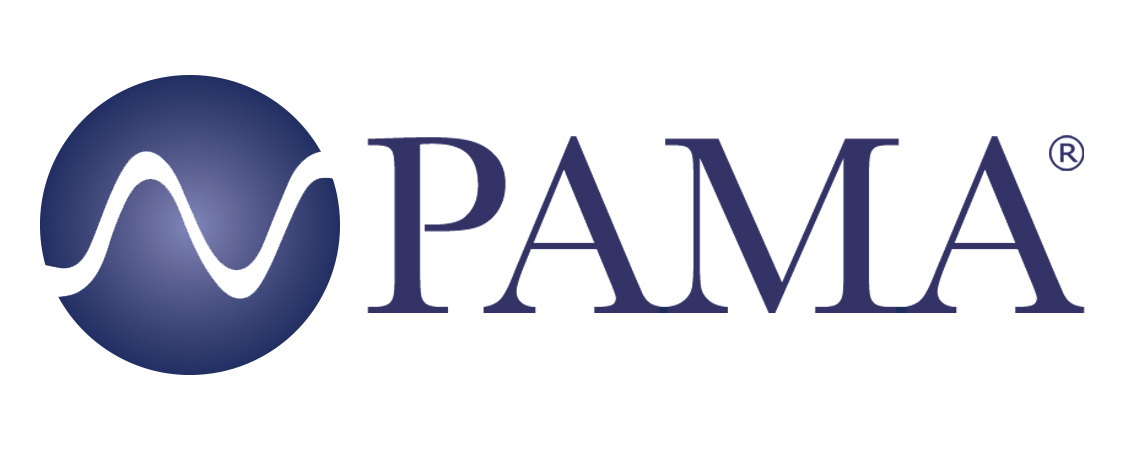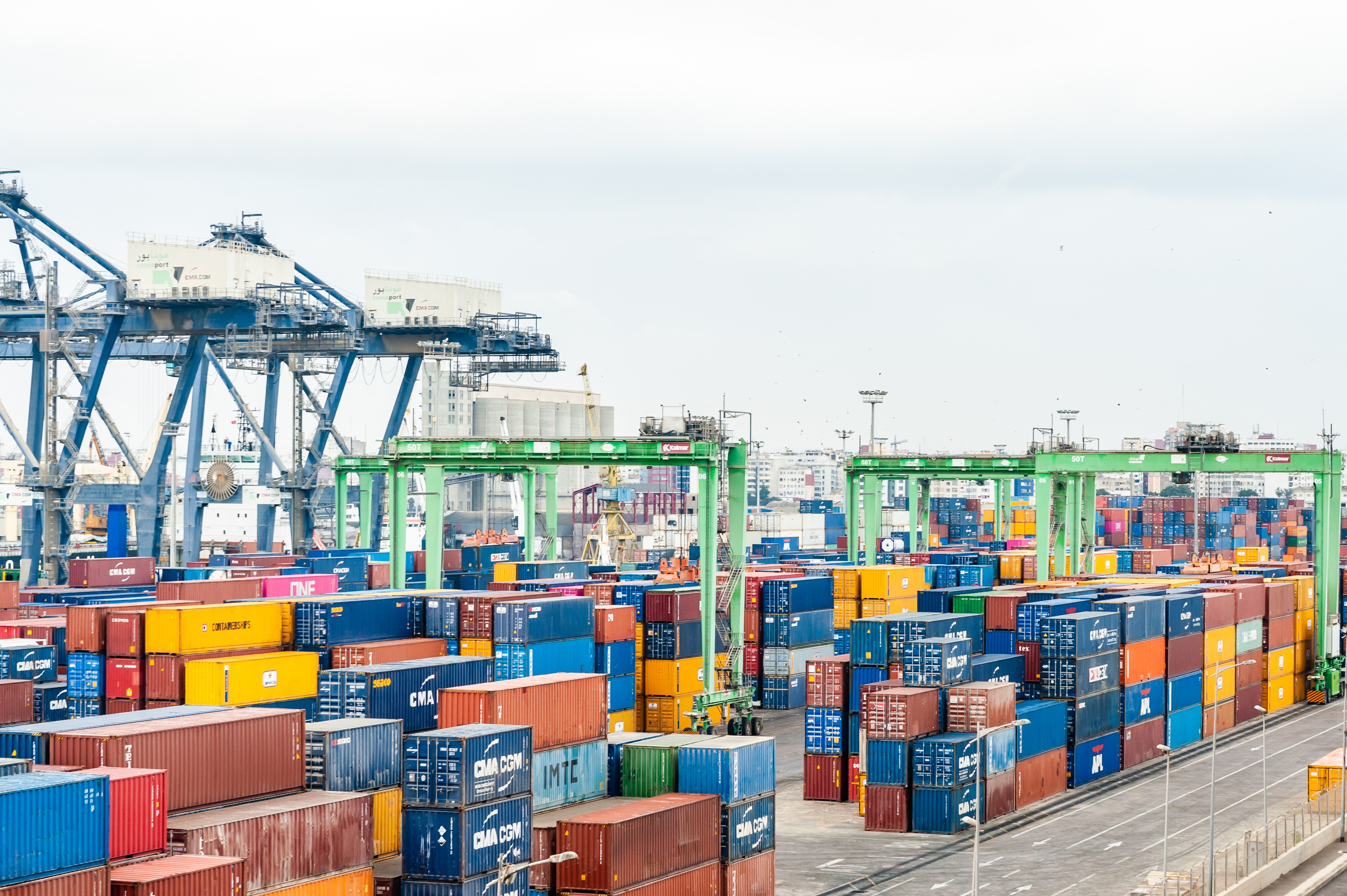As the summer of 2021 began, the U.S. economy was emerging toward a new normal characterized by rapidly growing demand for professional audio equipment. Manufacturers have welcomed the increased demand for gear following the challenges sparked by the COVID-19 pandemic, but can the industry keep up?

Chris Regan, chair of the Professional Audio Manufacturers Alliance (PAMA) and co-founder, CEO, and president of RF Venue, reported that the rebound in demand has developed into an unpredictable period for product availability, leading to backorders and long lead times. In fact, some new products that were planned for release in 2020 and were subsequently delayed are only now becoming available in limited quantities.
“Many manufacturers are just now recovering from the devastating 2020 factory fire at the AKM facility in Japan, which upended the supply of critical chips for digital audio converters among many other components used all over the pro audio industry,” he said.
‘Perfect Storm’ of Issues
“Supply chain issues are challenging every industry sector,” added Peter James, vice president, global pro audio sales, at Shure. “The semiconductor constraints are causing lead times now extending beyond a year.”
While there are varying estimates as to how long the situation will continue, James expects it to last into next year at a minimum. One of the best things integrators can do, he noted, is communicate their needs to the manufacturer as early as possible, so the manufacturer can try to fulfill real demand.
[How Software Alternatives Can Address Hardware Supply Chain Issues]
“Because semiconductor lead times are so much longer, demand that is not currently forecasted will either take six to 12 months to fulfill while waiting for these highly constrained materials or drive product cost up and potentially reduce margins as a result of premiums paid to purchase components in the spot market," James explained. "It is also important to factor in commodity price increases that the electronics industry is also experiencing.”

“The supply chain for pro audio equipment stretches to many regions in the world, some with better conditions for returning to work and producing goods than others,” Regan said. “Further complicating the situation are severe delays in ocean freight, with bottlenecks at key ports and backlogs of trucking for last mile delivery. With the steep reduction in passenger air travel, the price for air express freight also skyrocketed, forcing manufacturers into painful decisions between staying in stock and taking huge hits on product margins.”
[The Hybrid Workplace: Trends in Acoustics and Audio]
Kurt Van Scoy, executive director of product management for Audio-Technica U.S., agreed that current disruptions to shipping logistics and increases in costs are not likely to improve until mid-2022. He believes the simultaneous explosions of new technologies, products, and end-market demands have created a “perfect storm” for global supply chains.
“On the component supply side, these issues will likely continue to occur until the component manufacturing business models that were built in the 1980s and 1990s improve to the point that there is a large enough increase in capacity [through new infrastructure] and/or reduction of older components that run at less than economic scale,” he explained. “Until the component supply chain modernizes, it seems that all of us in this business are in for cost increases, longer lead times, and inconsistent supply.”
Adjusting Just-in-Time Strategies
Increased product demand is coming in part from system integrators, many of whom are just now “clearing backlogs of projects put on hold during 2020 and feeling the pinch of supply chain disruption,” Regan said. “Many integrators stay very lean on inventory, and for good reason. If they don't have a project or a forecast for equipment they have in stock, the holding cost of extra inventory has a negative impact on their cashflow.”
Many integrators work from a “just-in-time” strategy for installation projects, where all equipment is ordered in delivered in a window of time before the project is ready for installation. “At best this just-in-time method produces an ideal outcome for the integrator, minimizing cash tied up in inventory and shortening the time between payment to their suppliers and invoice payment from their customer,” Regan explained. “At worst, this method results in backorders, project delays, frustrated customers, and frayed relationships between the integrator and manufacturer.”
Live event and touring production companies are competing for many of the same products. During 18 months of idled inventory, some production companies liquidated what inventory they could, or repurposed gear into houses of worship or other integration projects. As these companies retool for new productions, riders often demand newer equipment, and the production companies are finding the gear they need is in short supply or completely backordered.
“The 2021 rebound and supply chain crunch will make it a lot more difficult for just-in-time methodologies,” said Regan. “It may be time for integrators and production companies to work more closely with their suppliers and do some advance planning. Project estimators and system designers might need to become more involved in purchasing and planning than they normally might be, ensuring that they ask the question, ‘Will this system we're designing and specifying be available to meet the customer's deadline?’"
